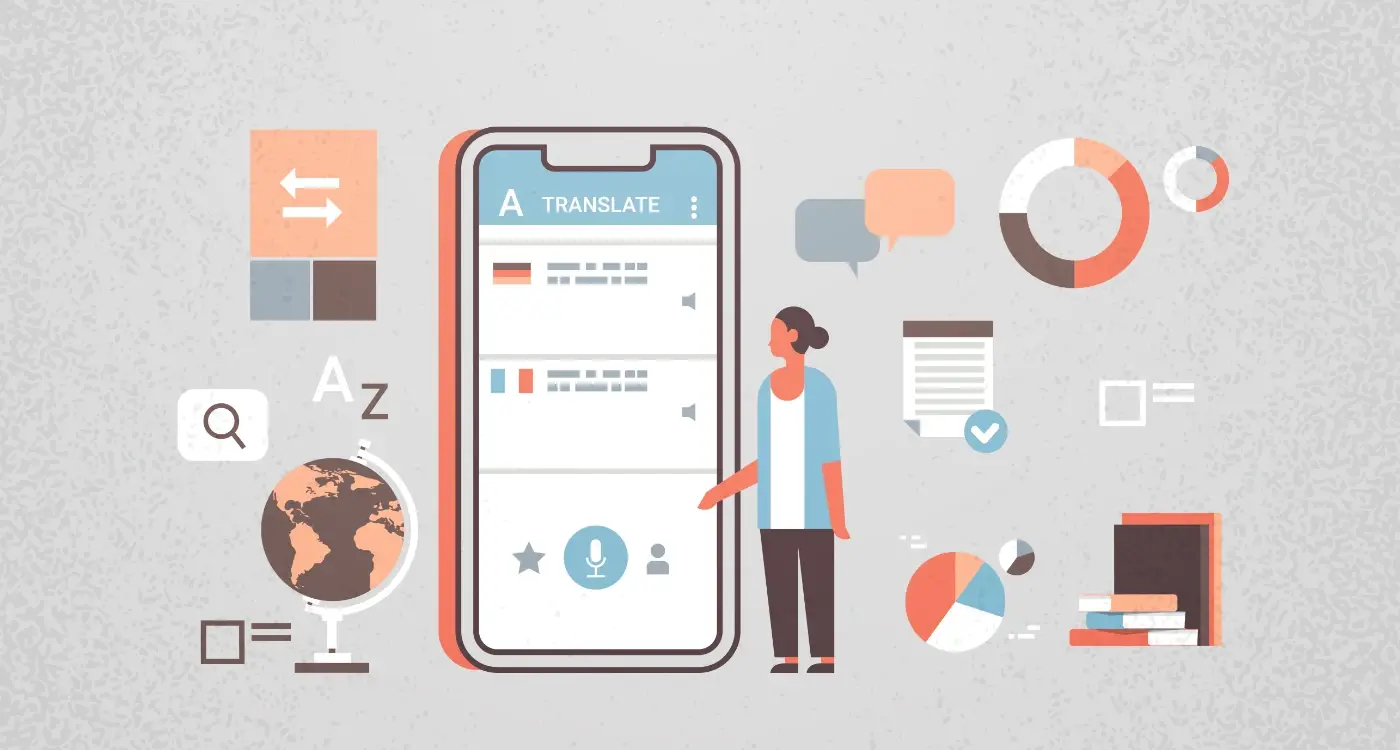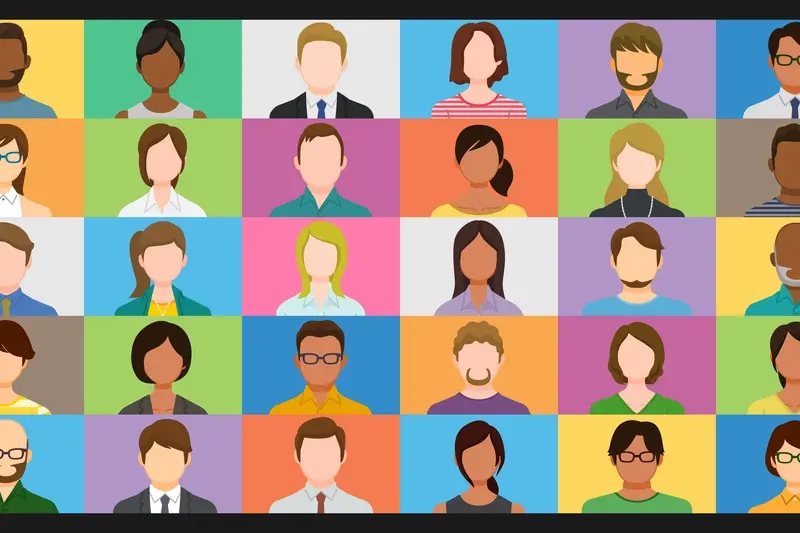Which App Features Should You Test During Planning?
What if I told you that most mobile apps fail not because they're built badly, but because they're built with the wrong features? After building apps for everyone from scrappy startups to massive corporations, I can tell you that feature planning is where most projects go off the rails. And it's bloody expensive when they do.
You see, there's this temptation—and I get it, I really do—to pack your app full of every feature you can think of. More features means more value, right? Wrong. Dead wrong, actually. The most successful apps I've built over the years have been the ones where we ruthlessly tested and validated each feature before writing a single line of code. Because here's the thing: building features is the easy part; building the right features is where the real skill lies.
The difference between a successful app and a forgotten one isn't how many features it has, but how well its core features solve real problems for real people.
Most people approach app development backwards. They design first, build second, and test last. But that's like building a house before checking if the ground can support it. Smart feature planning means testing feasibility, user demand, and technical constraints before you commit time and money to development. Whether you're validating a simple user interface element or a complex integration with third-party services, the principles remain the same: test early, test often, and be prepared to kill features that don't make the cut. Because trust me, it's much cheaper to discover a feature won't work during planning than after you've spent months building it.
Why Most App Features Never Get Used
I've seen it happen countless times—development teams spend months building features that maybe 5% of users ever touch. It's honestly one of the most frustrating parts of this industry, watching good money and talent go to waste on features that looked great in planning but fail miserably in the real world.
The problem isn't that developers are building bad features; its that we're building features without really understanding how people use apps. Users don't explore—they find what works and stick to it. They download your app with a specific job in mind, and if they cant do that job quickly, they're gone.
The Feature Bloat Trap
Here's what typically happens: someone in a meeting says "wouldn't it be cool if users could..." and suddenly you've got another feature on the roadmap. But cool doesn't equal useful. I've watched apps add social sharing buttons that get used 0.2% of the time, advanced filtering options that confuse more than they help, and customisation settings that overwhelm new users.
The data tells a clear story about which features actually matter:
- Core functionality (search, browse, purchase) gets 80-90% usage
- Account management features see 60-70% adoption
- Social features typically max out at 15-20%
- Advanced settings rarely exceed 10% usage
- Sharing features often sit below 5%
But here's the thing—unused features don't just waste development time. They slow down your app, complicate the user interface, and create more potential points of failure. Every feature you add is another thing that can break, another element competing for screen space, and another decision users have to make.
Smart app planning means being ruthless about feature selection. Test early, validate with real users, and remember that saying no to features is often more valuable than saying yes.
The Cost of Building Wrong Features
I've watched countless clients burn through their entire development budget building features that nobody actually wanted. It's honestly one of the most painful things to witness in this industry—and it happens more often than you'd think.
The numbers are pretty sobering when you break them down. A single feature that takes two weeks to build might cost anywhere from £5,000 to £15,000 depending on complexity. But here's the thing—if that feature doesn't work or users don't want it, you're not just losing that initial investment. You're also looking at the cost of fixing it, replacing it, or scrapping it entirely. I've seen projects where the "wrong feature" costs ended up being 40% of the total budget.
Before building any feature, ask three simple questions: Does it solve a real problem? Will people actually use it? Can we build it properly with our current resources?
But the financial cost is just part of the story. Building wrong features creates a domino effect that can derail your entire project timeline. When you realise a feature isn't working, you've got to stop everything, reassess, and often rebuild from scratch. That's weeks or months of delays—and in the app world, timing can make or break your success.
Common Wrong Feature Mistakes
- Over-complicated user registration processes that drive people away
- Social features in apps where users prefer privacy
- Push notifications that annoy rather than help
- Complex dashboards when users want simple interfaces
- Features that work perfectly in testing but fail under real-world conditions
The worst part? These mistakes are completely avoidable with proper feature validation during the planning phase. A few days of testing and research upfront can save you months of headaches later.
Core Features vs Nice-to-Have Features
Right, let's talk about something that trips up nearly every client I work with—the difference between features you absolutely need and features that would be "quite nice to have." I've lost count of how many times someone's pitched me an app idea that's basically trying to be everything to everyone from day one. It's a recipe for disaster, honestly.
Your core features are the ones that solve your user's main problem. They're the reason your app exists in the first place. Everything else? That's just fluff at this stage. I always tell clients to imagine their app with just three features—what would those three be? If you can't answer that quickly, you need to step back and think harder about what you're actually building.
How to Identify Your Must-Have Features
Here's my simple test for working out what's truly core: if you removed this feature, would your app still serve its main purpose? If the answer is no, it's core. If it's yes, park it for version two. I mean, Instagram started as just photo filters and sharing—they didn't launch with Stories, Reels, or shopping features. Those came later once they'd nailed their core experience.
The temptation is always to add more features because you think it makes your app more valuable. But here's what actually happens: your development costs skyrocket, your timeline doubles, and your users get confused about what your app actually does. I've seen brilliant app concepts fail because they tried to do too much too soon.
- Core features solve the primary user problem
- Nice-to-have features add convenience or delight
- Core features should work perfectly before adding extras
- Each additional feature multiplies testing complexity
- Users prefer apps that do one thing really well
Focus on getting your core features absolutely spot-on first. You can always add the bells and whistles later once you know your foundation is solid.
Technical Feasibility Testing Methods
Right, let's talk about the technical side of things—because honestly, some app features look brilliant on paper but turn into proper nightmares when you try to build them. I've seen clients get their hearts set on features that would require six months and a team of rocket scientists to implement properly. Not ideal when you're working with startup budgets!
The smart approach? Test your technical assumptions early, before you've committed to anything. Start with proof of concepts for your riskiest features. If you're planning real-time video chat, build a basic prototype first; see how it performs on different devices, check the bandwidth requirements, test it on dodgy wifi connections. You know what I mean—the real-world stuff that breaks apps.
API and Third-Party Integration Testing
Third-party integrations are where things get interesting. That payment gateway that looks perfect? Test it with different card types, different countries, edge cases like expired cards or insufficient funds. I always tell clients to assume every external service will fail at the worst possible moment—because they usually do.
The best time to discover a technical limitation is during planning, not three weeks before your launch deadline when changing course becomes expensive and stressful
Device and Platform Compatibility
Don't forget about device fragmentation either. Android users might be running anything from a flagship phone to something that was mid-range three years ago. Your fancy AR feature might work beautifully on the latest iPhone but crash spectacularly on older devices. Build lightweight prototypes and test them across different hardware—it's much cheaper than rebuilding features later because they don't work for half your audience.
Right, let's talk about actually testing your features with real people—because honestly, your opinion doesn't matter half as much as you think it does! I've watched too many brilliant developers fall in love with their own ideas, only to launch something that users completely ignore.
User research isn't some fancy corporate thing you need a degree for. Start simple: find five people who match your target audience and show them your feature concepts. Not your mum or your best mate—actual potential users who'll give you honest feedback. You know what? Sometimes the harshest feedback saves you months of wasted development time.
One method I use constantly is paper prototyping. Sounds old-fashioned but it works brilliantly. Sketch your feature on paper, walk users through it, and watch where they get confused or excited. It costs you nothing but reveals everything about whether your feature makes sense in the real world.
For digital validation, tools like Figma or InVision let you create clickable prototypes that feel almost real. Users can tap through your feature flow without you writing a single line of code. The magic happens when you watch them use it—do they understand what to do next? Are they getting stuck? Are they actually solving their problem?
Here's something most people get wrong: don't ask users what they want. Ask them about their current problems and frustrations instead. When someone says "I want a red button," what they really mean is "the current process is too slow" or "I can't find what I need." Focus on the underlying problem, not their proposed solution.
User interviews should feel like conversations, not interrogations. The best insights come when people feel comfortable enough to share their real struggles with current apps or processes.
Market Research for Feature Planning
Right, let's talk about something that can save you thousands of pounds and months of development time—proper market research for your app features. I've seen too many brilliant developers build features that technically work perfectly but nobody actually wants to use. It's honestly heartbreaking when you've spent weeks perfecting something only to discover your users couldn't care less about it.
The thing is, market research isn't just about asking people what they want. If I asked users what they wanted back in the day, they would have said faster horses, not cars! Instead, you need to look at what people are actually doing, what problems they're struggling with, and where existing solutions are falling short.
Start by analysing your competitors' app reviews—not just the good ones, but especially the negative ones. Users tell you exactly what's missing when they're frustrated. I always spend time reading through one-star reviews because that's where the real insights are hiding. Look for patterns in complaints and feature requests that keep coming up.
Research Methods That Actually Work
Here are the research methods I use with every client project:
- App store review analysis of direct competitors
- Social media listening for industry pain points
- Customer support ticket analysis (if you have existing products)
- User behaviour analytics from similar apps or websites
- Direct user interviews with your target audience
Don't just research what features exist—research how often they're actually used. Many apps have feature bloat because they built everything users said they wanted, not what users actually use daily.
The key is to validate demand before you validate technical feasibility. There's no point building something perfectly if nobody wants it in the first place.
Testing Complex Integration Features
Right, let's talk about the really tricky stuff—features that need to play nicely with other systems. I've seen too many apps launch with brilliant core functionality, only to fall flat because their payment gateway crashes or their social media sharing doesnt work properly.
Complex integrations are where things get interesting (and expensive if you get them wrong). We're talking about features like payment processing, social logins, mapping services, push notifications, or anything that connects your app to external APIs. These aren't just technical challenges; they're potential business killers if they fail.
Planning Your Integration Tests
Before you even think about building, you need to understand what each integration actually requires. Does that payment provider support your target countries? Will the mapping service work offline? Can your notification system handle the volume you're expecting?
I always start by creating test accounts with every service we plan to integrate. Sounds obvious, but you'd be surprised how many teams skip this step and assume everything will "just work" when they need it. Test the documentation, try the APIs, understand the limitations—do this during planning, not during development.
Here's what needs testing for common integrations:
- Payment systems: Different card types, failed transactions, refund processes
- Social logins: Account permissions, data availability, what happens when users revoke access
- Push notifications: Delivery rates, timing restrictions, platform differences
- Cloud storage: Upload limits, file types, sync conflicts
- Analytics platforms: Data accuracy, real-time vs delayed reporting
The key thing? Test failure scenarios early. What happens when the internet connection drops mid-payment? How does your app handle it when Facebook changes their API again? Planning for these edge cases now saves you from angry users and emergency patches later.
Performance and Scalability Testing
Right, let's talk about something that keeps me up at night—well, not literally, but you know what I mean. Performance testing during the planning phase is absolutely vital, yet so many teams skip it because they think its too early to worry about. That's a mistake I see all the time.
When you're validating app features during feasibility planning, you need to think about how they'll perform under real-world conditions. I mean, your feature might work perfectly when one person is using it, but what happens when a thousand people try to access it simultaneously? That's where things get interesting—and expensive if you haven't planned properly.
Load Testing Your Feature Concepts
Before you commit to building complex features, run some basic load tests on similar functionality. If you're planning a real-time chat feature, for example, test how your proposed architecture handles multiple concurrent connections. You don't need the full feature built—just enough to understand the technical constraints.
The best time to discover your app can't handle user growth is before you've spent months building features that will crumble under pressure
Database and API Performance
Here's something that bites developers regularly: features that seem simple on paper but require complex database queries or multiple API calls. During mobile app testing phases, simulate realistic data volumes. That search feature might work great with 100 records, but becomes painfully slow with 100,000.
Feature validation isn't just about whether users want something—it's about whether you can deliver it reliably. I've seen too many promising apps fail because they couldn't scale their core features when success arrived. Test early, test realistically, and you'll save yourself from some very uncomfortable conversations with frustrated users later.
Conclusion
Testing your app features during planning isn't just good practice—it's the difference between building something people actually want and burning through your budget on features nobody uses. I've seen too many projects where teams skipped this step and regretted it later. The data doesn't lie: apps that validate their features early have much higher success rates and lower development costs.
The key is finding the right balance between thoroughness and speed. You don't need to test every tiny detail, but you absolutely should validate your core features, check technical feasibility for anything complex, and get real user feedback before you commit to building. Remember, changing your mind during planning costs pennies; changing your mind after development starts costs pounds.
Start with your must-have features and work outwards. Use the methods we've covered—from simple user interviews to technical proof-of-concepts—but don't get stuck in analysis paralysis. Sometimes you just need to make a decision and move forward. The goal isn't perfection; it's reducing risk whilst keeping momentum.
Most importantly, make testing a team activity. Get your developers involved in feasibility discussions, bring your designers into user research sessions, and make sure everyone understands why certain features made the cut whilst others didn't. When the whole team understands the reasoning behind feature decisions, you'll build a much stronger product.
Feature testing during planning might add a few weeks to your timeline upfront, but it'll save you months of rework later. And honestly? Your users will thank you for it too.
Share this
Subscribe To Our Learning Centre
You May Also Like
These Related Guides

Which Research Methods Work Best for Mobile Apps?

What Are the Best Methods for Conducting User Research?



